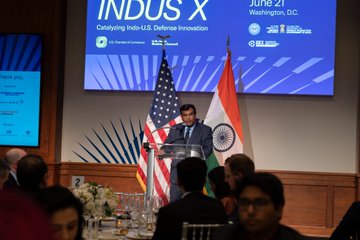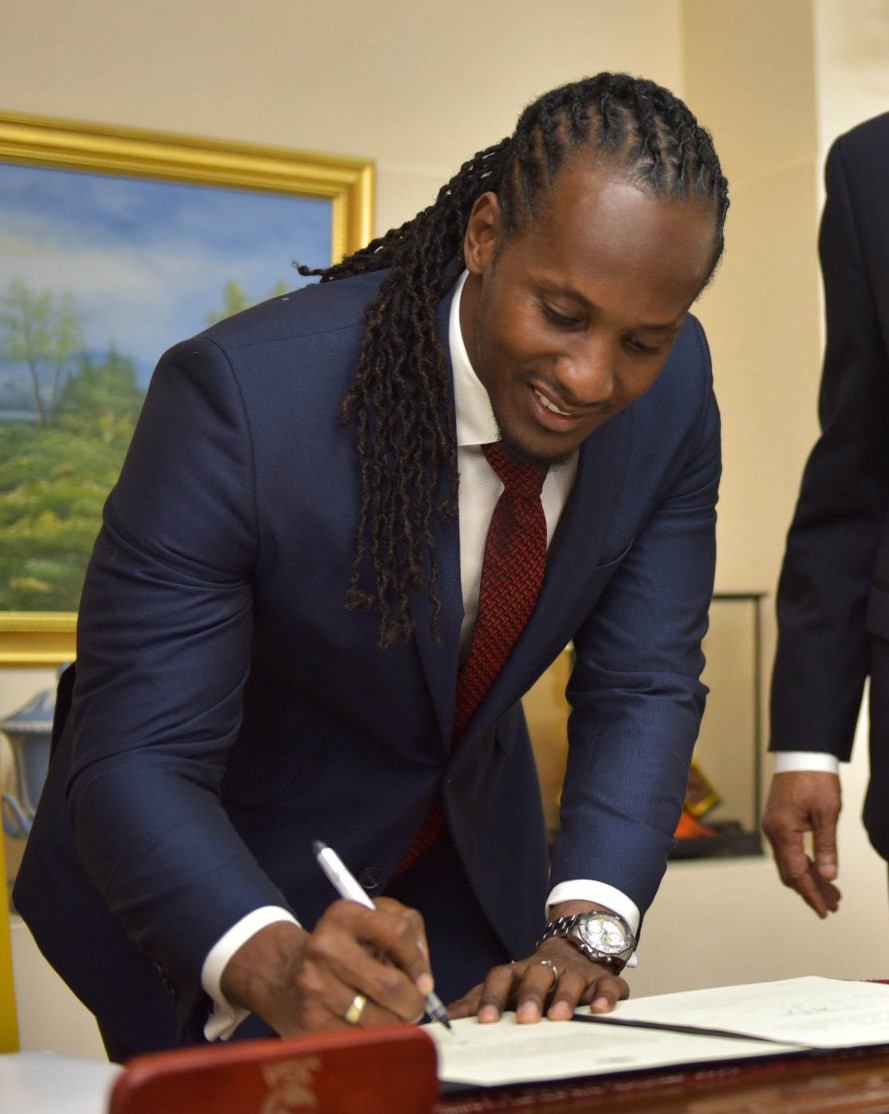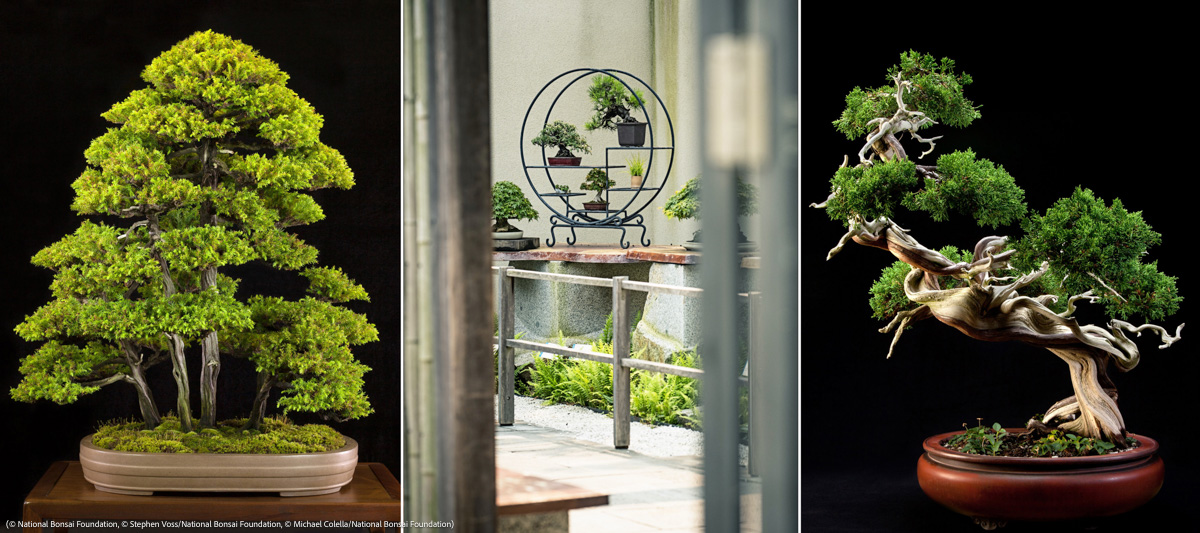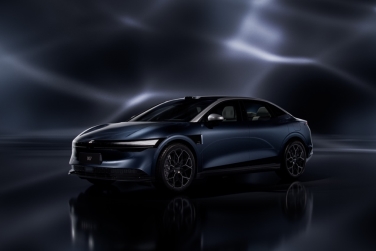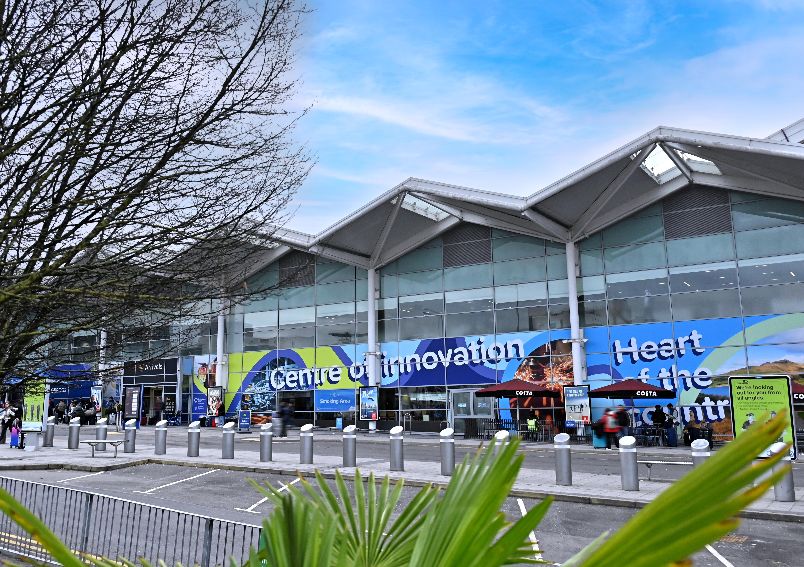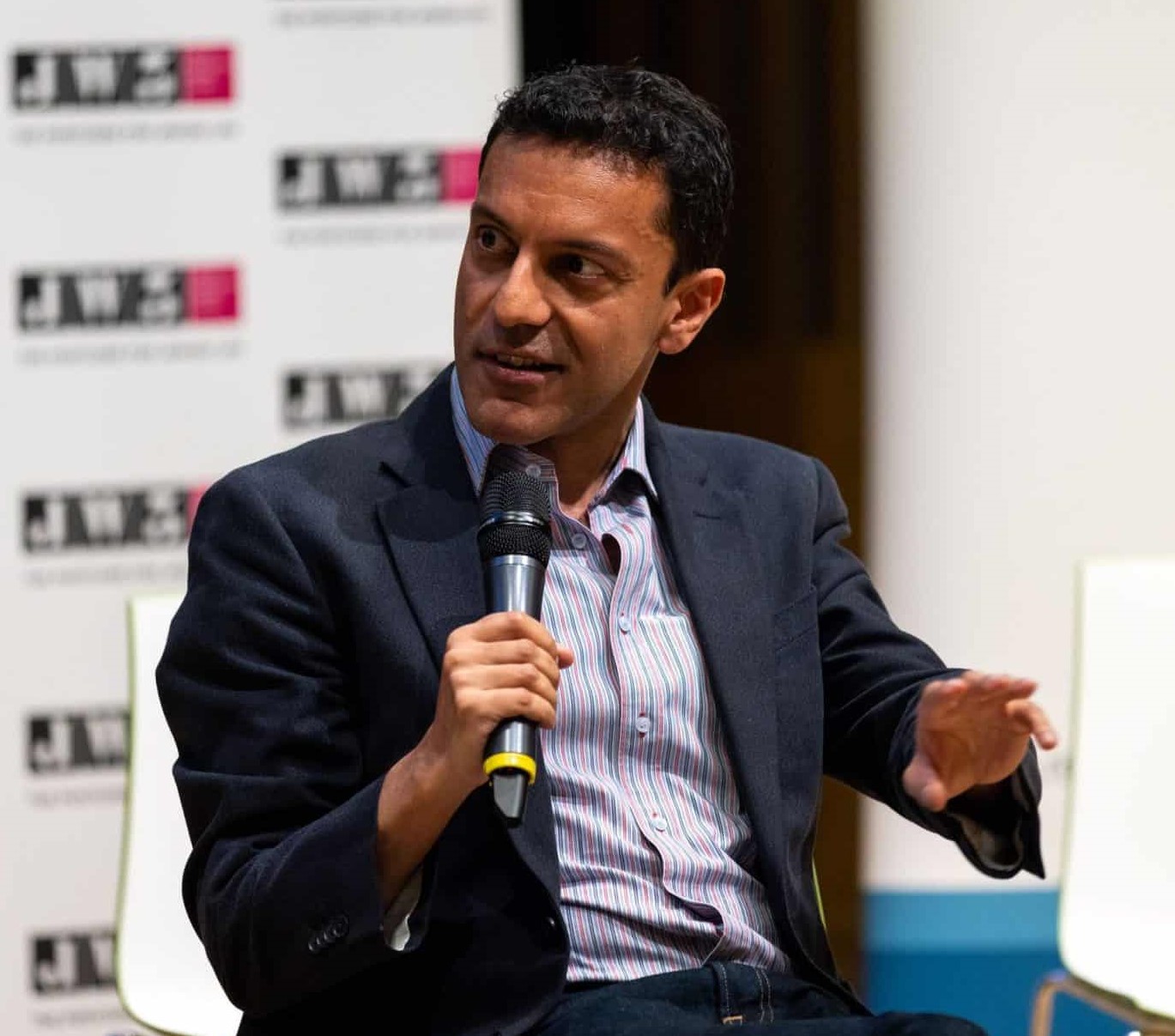The United States and India’s economic partnership is flourishing, supporting hundreds of thousands of jobs in both countries and spurring technological innovation. Trade between the U.S. and India increased 98% between 2013 and 2022, reaching a record $191 billion.
That bilateral investment drives clean energy advancements, enhances medical treatments and diagnostics, and responsibly develops emerging technologies while also deepening cultural understanding. “Our economic relationship is booming,” President Biden said during Prime Minister Narendra Modi’s state visit last month.
Modi noted that the United States is India’s largest trading partner and said the relationship is “important not only for our two countries, but for the global economy.” India has invested more than $40 billion in the United States, strengthening the information technology and pharmaceutical sectors and supporting 425,000 jobs.
During Modi’s visit, Indian firms announced more than $2 billion in new investments in the United States. VSK Energy LLC, a joint venture between India-based Vikram Solar and U.S. partners, will invest up to $1.5 billion in new solar panel manufacturing in Colorado.
The operation will create more than 900 jobs and help Colorado achieve its goal of 100% renewable energy by 2040. Mumbai-based JSW Steel is planning $120 million in upgrades to its steel plant in Mingo Junction, Ohio, to better meet demand for offshore wind labs.
The United States has invested at least $54 billion in India, spurring the country’s manufacturing and telecommunications sectors, among others. U.S. companies also announced new investments in India during Modi’s visit.
Idaho-based Micron Technology, with support from partners in India, announced plans to invest over $800 million in a new semiconductor facility in Gujarat that will create 15,000 jobs. The facility, expected to open in 2024, will assemble and test semiconductors, commonly used in smartphones and other electronics.
To advance India’s semiconductor workforce, California-based Lam Research will train 60,000 engineers in India on nanotechnology over the next decade. The United States and India’s partnership is driven by close educational ties. More than 200,000 Indian students are studying at U.S. universities in fields ranging from child care to tech entrepreneurship.
And the U.S. and India’s education systems have produced leaders of major companies, such as Google chief executive officer Sundar Pichai and former MasterCard chief executive officer Ajay Banga, now president of the World Bank. Modi described the Indian diaspora of more than 4 million people in the United States as the “cornerstone” of the U.S.-India partnership and said the countries’ cooperation extends beyond government to business and academic institutions.
At a meeting of the U.S. Chamber of Commerce’s U.S.-India Business Council, held during Modi’s visit, General Atomics Chief Executive Officer Vivek Lall said businesses in the two countries are sharing technology and expanding partnerships to new sectors. And Lall, an American who has worked in India, credited both countries’ leaders for enabling progress.
In May 2022, Biden and Modi launched the U.S.-India initiative on Critical and Emerging Technology to expand technology and defence cooperation and empower technological development that reflects the two countries’ shared values. “When the tops of government dedicate the political capital, the whole system will mobilize to address complex challenges,” Lall said.




